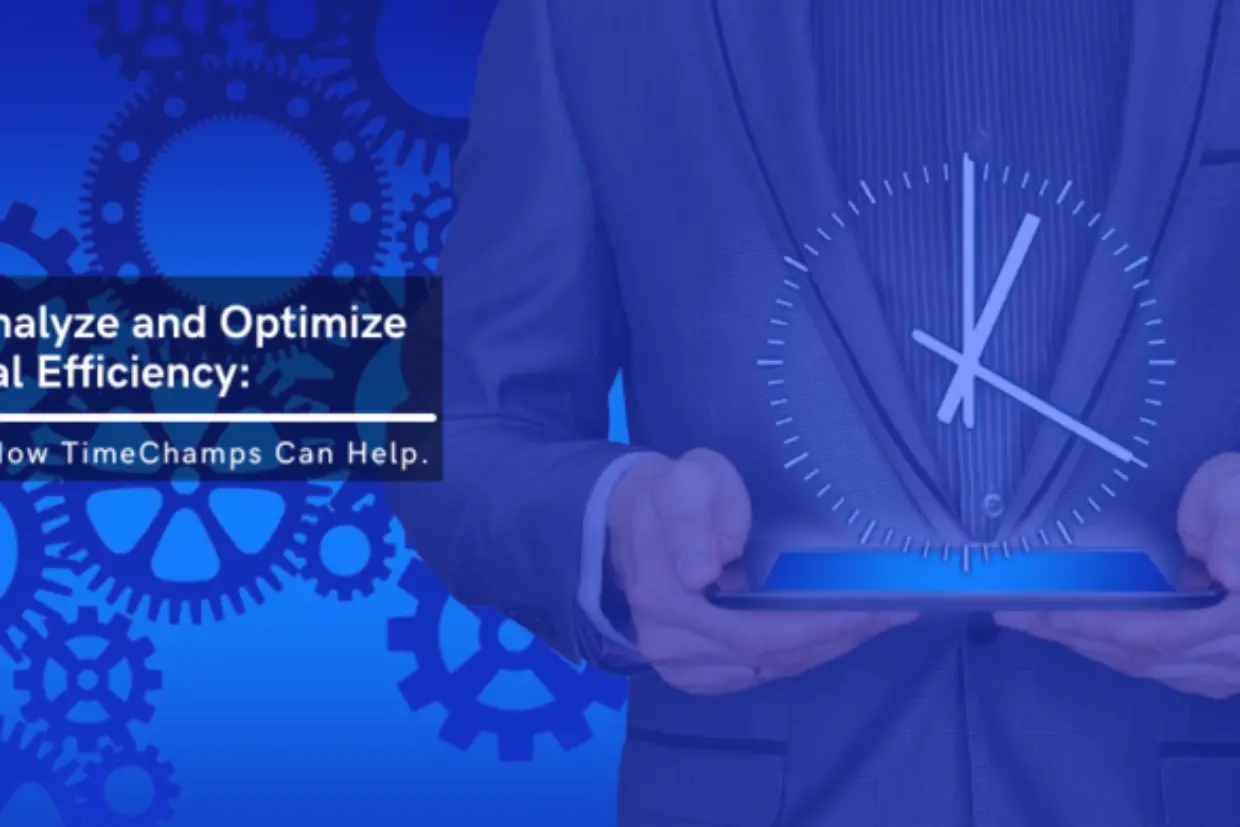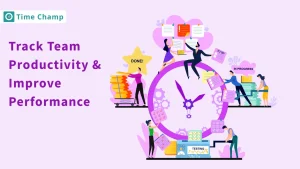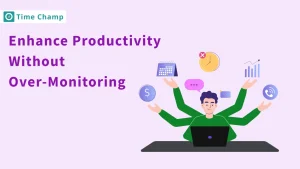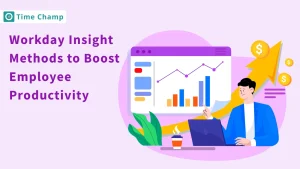The key to success in an organization is operational efficiency. In today’s cutthroat environment, streamlining procedures and cutting waste are essential to maintaining profitability and promoting growth. Improved operational efficiency is not an objective by itself; it’s a quest to find and implement improvements in the organizational process flow. In this far-reaching guide, you’ll learn what operational efficiency means and how to make your organization work better.
What is Operational Efficiency
Operational efficiency is defined as an organization’s capacity to maximize output while minimizing input, resulting in optimal production and resource utilization. It entails simplifying procedures, removing inefficient behaviors, and increasing overall effectiveness. An operationally efficient system guarantees that activities are accomplished with the least amount of time, effort, and expense, resulting in increased output and performance. Key performance indicators (KPIs) such as lower manufacturing costs, quicker delivery times, and improved quality are frequently used to measure efficiency. Companies that prioritize operational efficiency can adapt to changes more efficiently, remain competitive, and wisely manage resources, eventually contributing to long-term sustainability and success in a volatile business climate.
Examples of Operational Efficiency
Take some examples of operational efficiencies to illustrate the concept. These scenarios demonstrate how organizations can apply efficiency principles across different industries:
- In production facilities, lean manufacturing techniques bring down costs and eliminate defects.
- Automation of routine tasks in services allows staff to concentrate on customer interaction and problem-solving.
- Energy-saving measures added to office buildings not only save utility bills but also aid sustainability objectives.
- Materials and products flow rapidly through streamlined logistics and supply chains, cutting lead times and transportation costs.
Better Operational Efficiency
Taking better steps forward in operational efficiency requires a holistic approach integrating strategies across all aspects of business. Key areas to target include:
- Process Improvement: Assess the end-to-end processes to uncover bottlenecks or superfluous operations that should be removed or simplified. Use methods like Six Sigma or Kaizen to promote continuous improvement.
- Technology Adoption: Modern tools and software to automate tasks, improve communications, and produce actionable data are strong investments. AI (Artificial Intelligence), ERP (Enterprise Resource Planning) systems, and RPA (Robotic Process Automation) are only some of the technologies that can enormously improve operating efficiency.
- Talent Development: Train your employees in the skills and knowledge they will need to succeed in an efficiency-oriented climate. Efficiency is valued in an environment where training, mentorship programs, and career development are important.
In this way, organizations can begin to achieve appreciable gains in operational efficiency. But it’s not just about the bottom line. Efficient operations can translate into more satisfied employees, better customer satisfaction, and a strengthened business model.
In the quest for operational efficiency, tools like Time Champ take center stage. Time Champ is an advanced time management and productivity platform that helps managers track employee activities, allocate project time, and optimize workstations.
With Time Champ in your organization, you can benefit from strong data analytics and insights that can help you improve. Experiment with Time Champ today Try out Time Champ to accelerate your operational efficiency.
Best Practices to Improve Operational Efficiency:
To improve and maintain superior operational efficiency, it is necessary to implement several good habits that are common across the whole company. Not only do these practices facilitate the flow of work, but they also provide an environment conducive to perpetual advances. Let’s delve into some key strategies:
- Define Operational Efficiency: To have a clear path, however, you must define what operational efficiency means for your organization. It means establishing specific, measurable objectives that are consistent with your business goals. Another foundation for achieving efficient operations is understanding the current state of your operations, identifying key performance indicators (KPIs), and establishing benchmarks.
- Automation and Digital Transformation: Use technology to eliminate manual operations wherever possible. Technological initiatives such as document management systems and AI-enabled analytics can enhance decision speed by several orders of magnitude while reducing the administrative workload on your staff.
- Workforce Optimization: Match up the skills and strengths of your team with tasks that are their strongest points. It also means making sure that staff are not overloaded, which can be counterproductive because it leads to more mistakes.
- Resource Management: Balance physical and intangible resources (be they time or information) carefully. Adopting resource management software can reduce wastage and redundancy by planning and allocating resources where they are most needed.
- Quality Control: Set up strict quality control procedures to guarantee the quality of the products. This is an important step. Inadequate quality can lead to rework, which just kills efficiency.
Improving Operational Efficiency in Practice:
Examples of good operational efficiency in action are worth their weight as recipes for companies wishing to optimize their operations. Here are a few case studies that exemplify operational improvements:
- A manufacturing company decided to implement the principles of lean manufacturing, for example using value stream mapping techniques to locate waste and reduce production cycles.
- One is a retail chain with inventory management software, which can check stock levels in real time and order more precisely. Holding costs for inventory are reduced.
- One service provider improved customer support by using chatbots to answer initial queries. The chatbot passed on more involved problems to human operatives, reducing response times while increasing customer satisfaction.
But operational efficiency is not just about cutting costs. It can also mean redistributing resources to areas that will yield growth or increased service quality. For example, shifting the budget from manual data entry to customer experience programs can result in a greater return.
And the right tools Early warning Ensuring operational efficiency requires not only formulating strategies but also selecting the appropriate means to monitor how effectively these strategies are being carried out. Time Champ can be a strategic partner for your operational efficiency. It records time at a detailed level and provides productivity analysis to show you where your time is best used, and where there’s room for improvement. To expand your knowledge of Time Champ, please visit their site at Time Champ.
Ideas to Improve Operational Efficiency
Improving efficiency through strategic initiatives is an ongoing task. Here are some innovative ideas to further refine your operational efficiency:
- Cross-functional collaboration: Promote collaboration between different departments to tear down walls and share best practices. This can result even in new methods for efficiency that a single department may not have come up with on its own.
- Customer Feedback Integration: Collect and analyze customer feedback regularly to see where your operations need to be more in line with customers ‘expectations. This direct link to the customer experience is a great tool when prioritizing efforts for increased efficiency.
- Sustainability Practices: Environmentally friendly operations not only help the planet, but they often reduce costs as well. For example, cutting energy or waste can lead to large profits.
- Just-In-Time (JIT) Inventory: JIT means receiving goods only for the portion of the production process that is used. This can lead to a dramatic reduction in inventory costs and wastage.
Learning Continuously to Upgrade Operational Performance:
A company dedicated to improving operating efficiency needs a flexible learning culture. Training, workshops, and seminars are held regularly to keep employees abreast of the trends in operational management.
Moreover, if employees participate in the thinking shaping efficiency covert opportunities can be revealed. When employees believe their ideas are considered, they are more likely to be actively involved and dedicated to the company.
Conclusion
As businesses change, new difficulties arise. Pursuing operational efficiency is thus more and more important. Whether it’s defining what efficiency means to your business, or ways of using something like Time Champ to increase your system, there are many different things you can do about increasing efficiency. Aim to build a dynamic culture that continually explores improvements, and recognizes that efficiency is about value creation not just cost-cutting.
Also, keep in mind that Time Champ is a piece of your efficiency toolset. It’s your steely-eyed monitoring, analyzing, and optimizing comrade in arms to help boost productivity and effect. Come to Time Champ and discover how it can help increase your organizational efficiency. Dare to try the platform.
Frequently Asked Questionss
The first step is to accurately define and measure current performance levels. This involves setting clear goals, choosing relevant KPIs, and establishing benchmarks.
Technology, when utilized effectively, can automate repetitive tasks, provide valuable analytics, and facilitate communication, thereby improving efficiency and reducing errors.
Yes, operational efficiency often leads to shorter wait times, better product quality, and more responsive customer service, all of which enhance customer satisfaction.
Employee training ensures that staff are competent and confident in their roles, can operate new technologies effectively, and understand best practices in workflow and time management.
Time Champ provides detailed insights into time allocation, productivity levels, and workflow patterns, allowing organizations to make data-driven decisions about efficiency improvements.
Collaboration can lead to shared knowledge, innovative problem-solving, and the integration of best practices throughout the organization, all of which can drive efficiency.
A common mistake is focusing solely on cost-cutting instead of value optimization. Effective efficiency improvements should enhance the quality and output of operations as well.
Customer feedback can highlight areas of the operation that need improvement or refinement and can guide the prioritization of efficiency initiatives.
JIT is an inventory strategy that minimizes stock holding by ordering goods only when they are needed. It reduces costs and waste associated with excess inventory.
Absolutely. Efficiency often goes hand-in-hand with sustainability, as it involves reducing waste and optimizing resource use, translating into more sustainable business practices.






